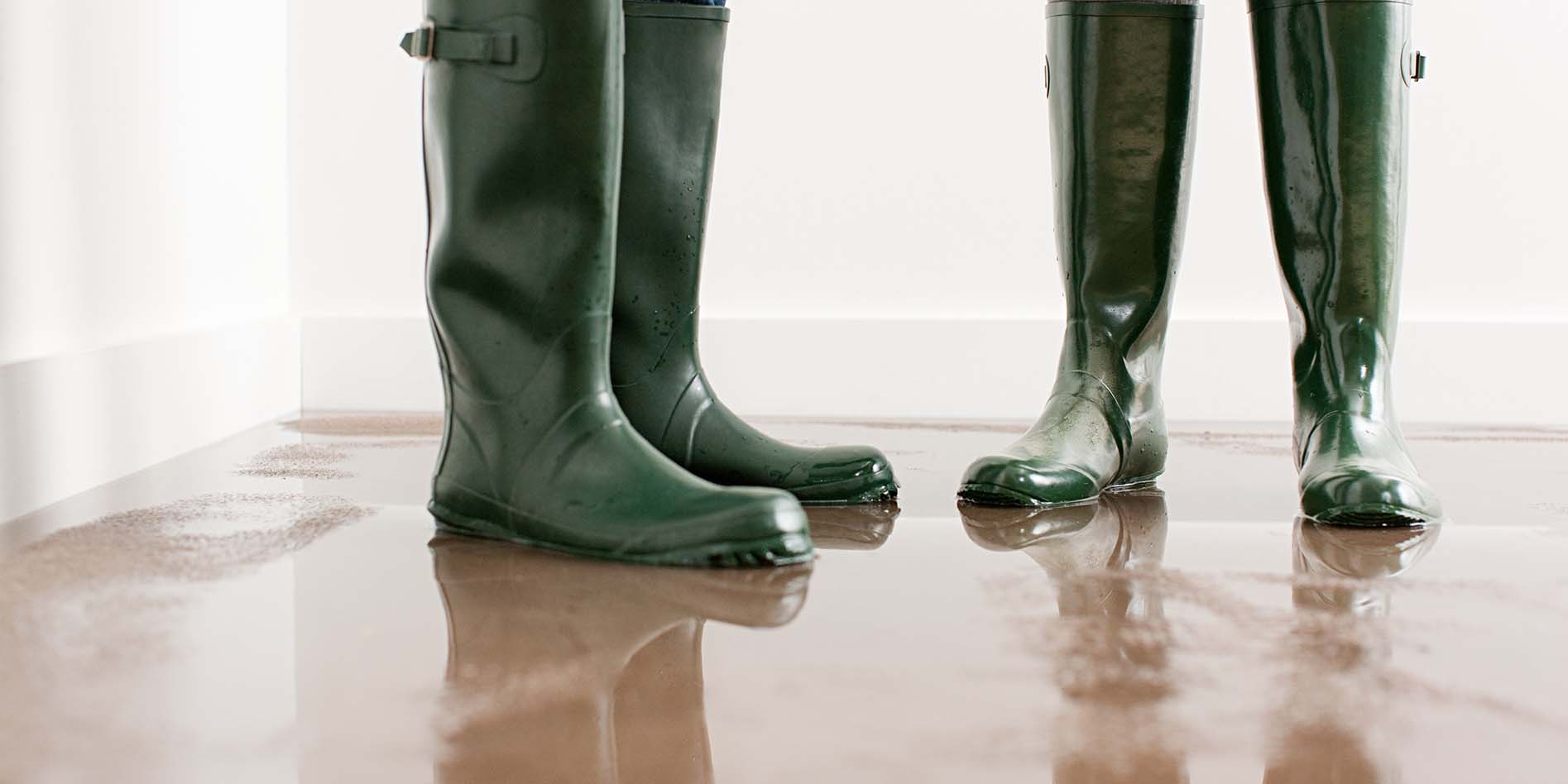How to Stop Mould from Growing After Flooding
- Use a dehumidifier in your home to keep humidity levels as low as you can. I have been running my dehumidifier ongoing since the floods and it's amazing how much water it's collecting.
- Consider installing an air conditioner with a high-efficiency particulate air filter attachment – this can trap mould spores from the outdoor air before they circulate inside the home.
- Ventilate all bathrooms and run the exhaust fan during and after a shower or bath to dry the air. If you don’t have a fan, open a window or door while you’re showering or bathing.
- Fix any leaks in the roof, walls or plumbing.
How to Internally Treat Mould
Even if you don’t feel particularly sensitive to mould, your body may still need help safely clearing it out of your system.
To help your body detox mould, it is a good idea to focus on the following:
1. Reducing inflammation
Prolonged mould exposure can trigger and exacerbate chronic inflammation, so I encourage you to focus on getting enough anti-inflammatory foods into your diet.
Anti-inflammatory bone broth, my omega-rich crispy salmon, and this delicious smoothie are all sure-fire ways to help lower your inflammation.
